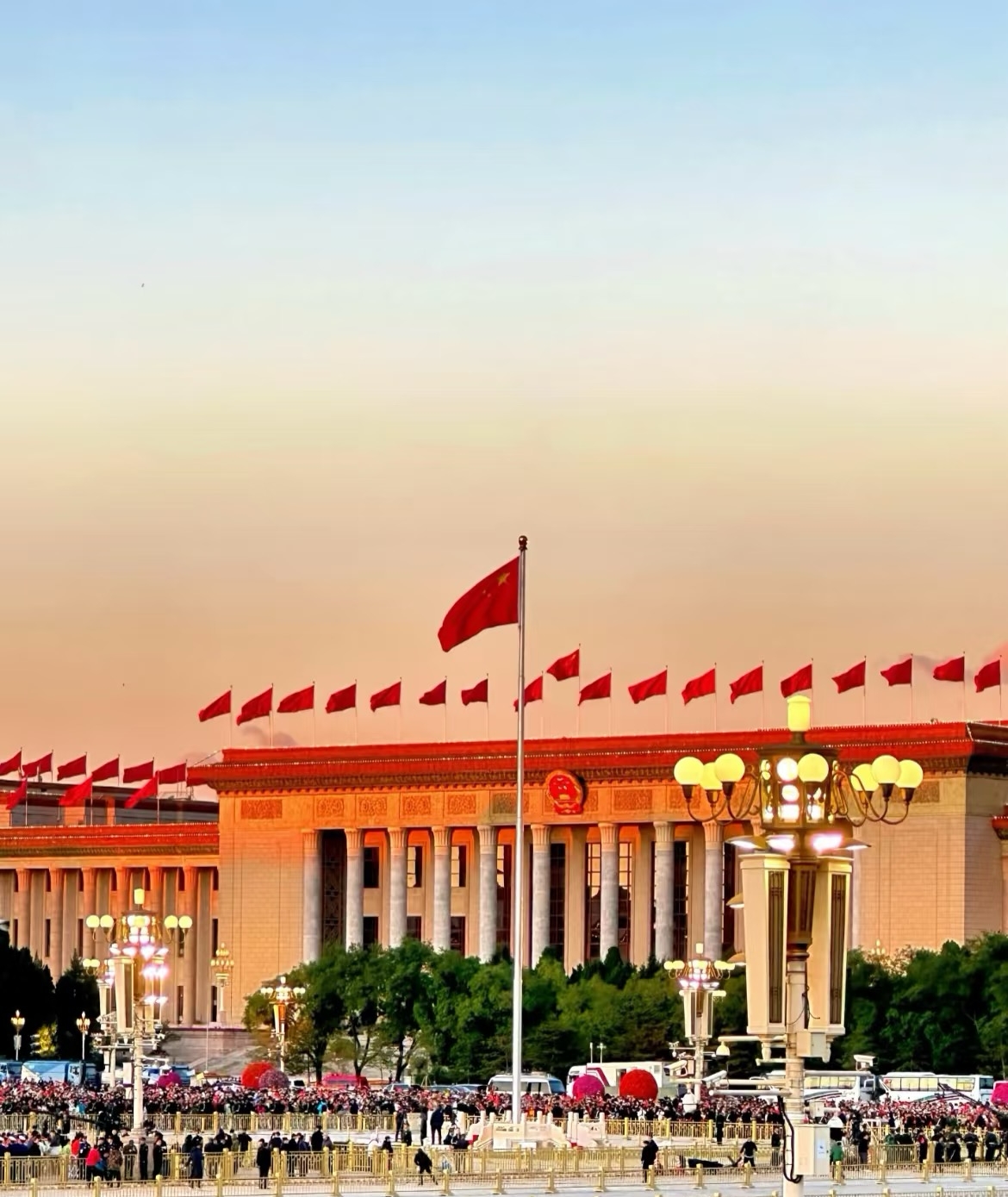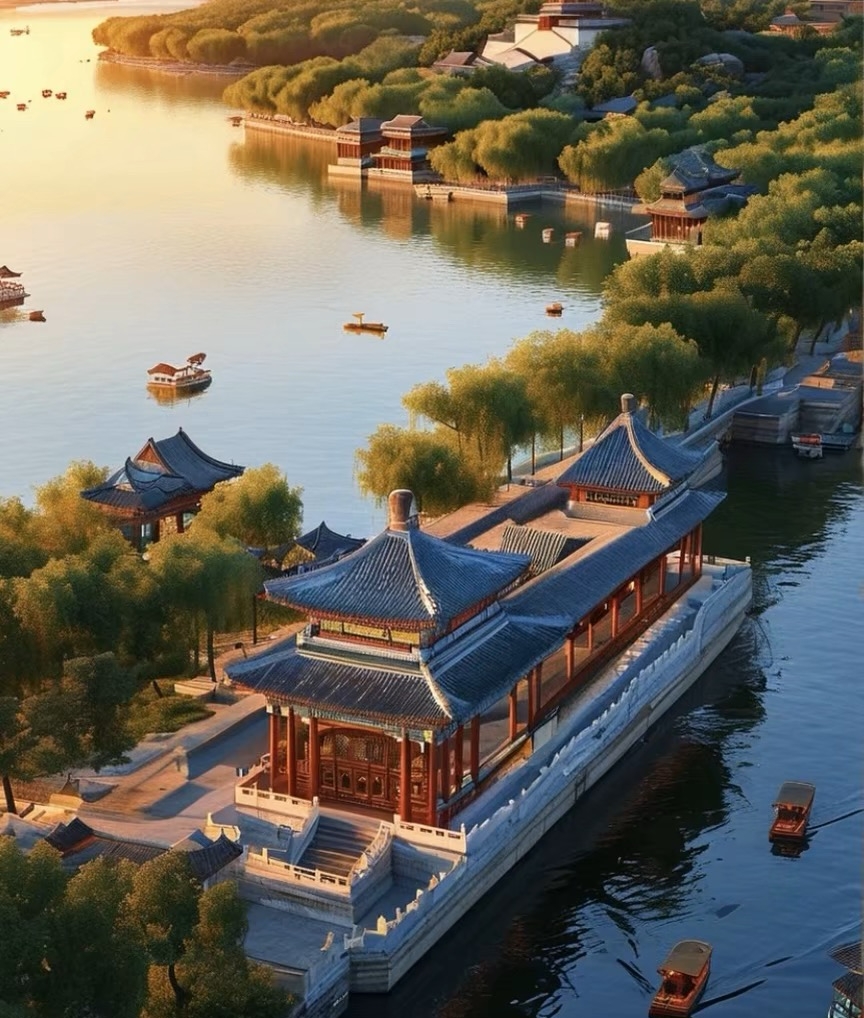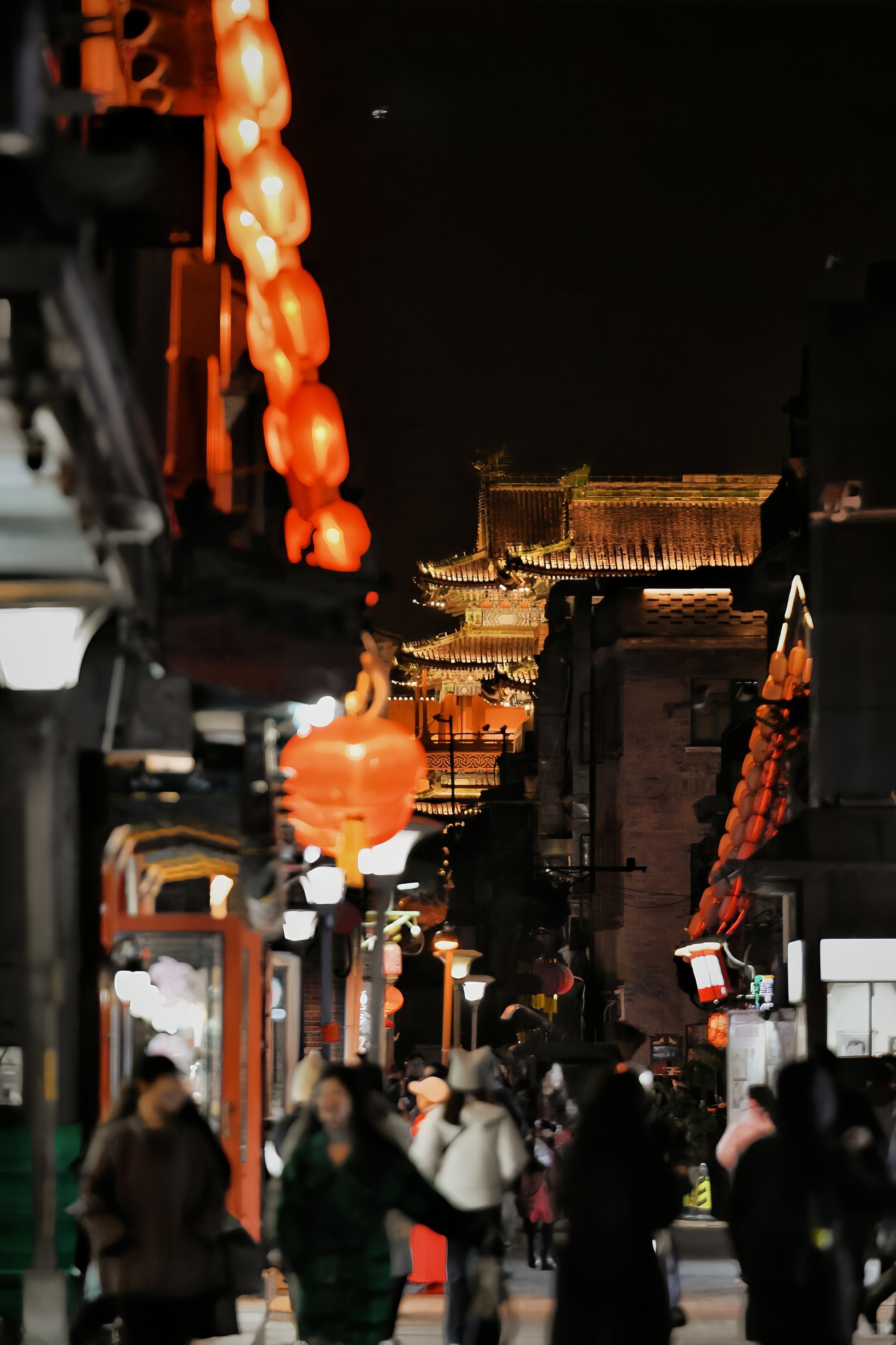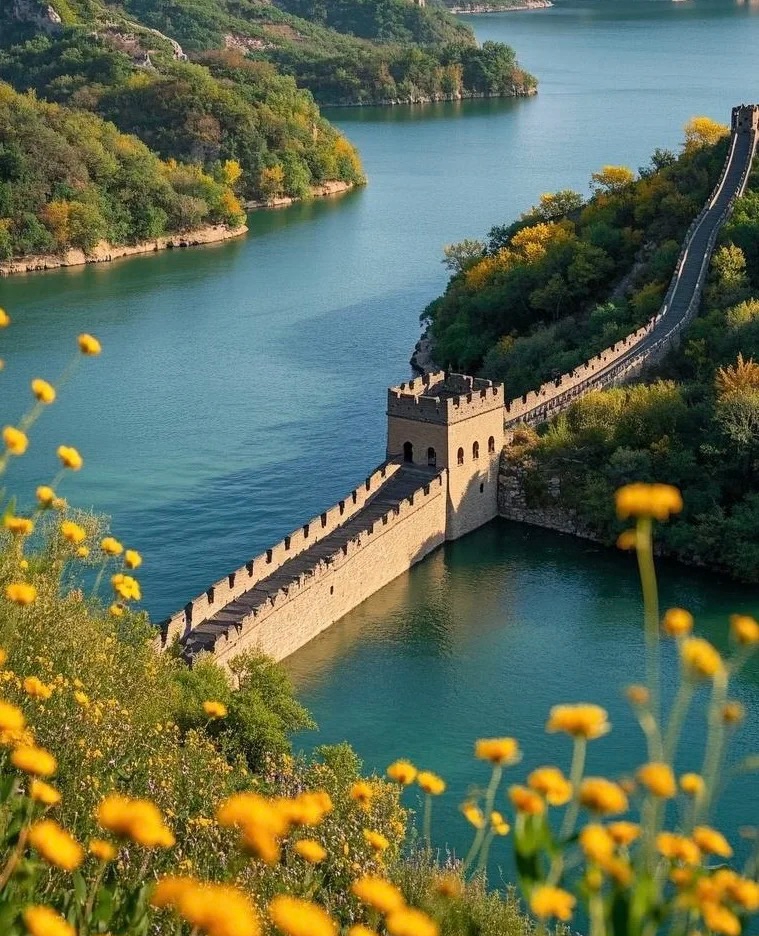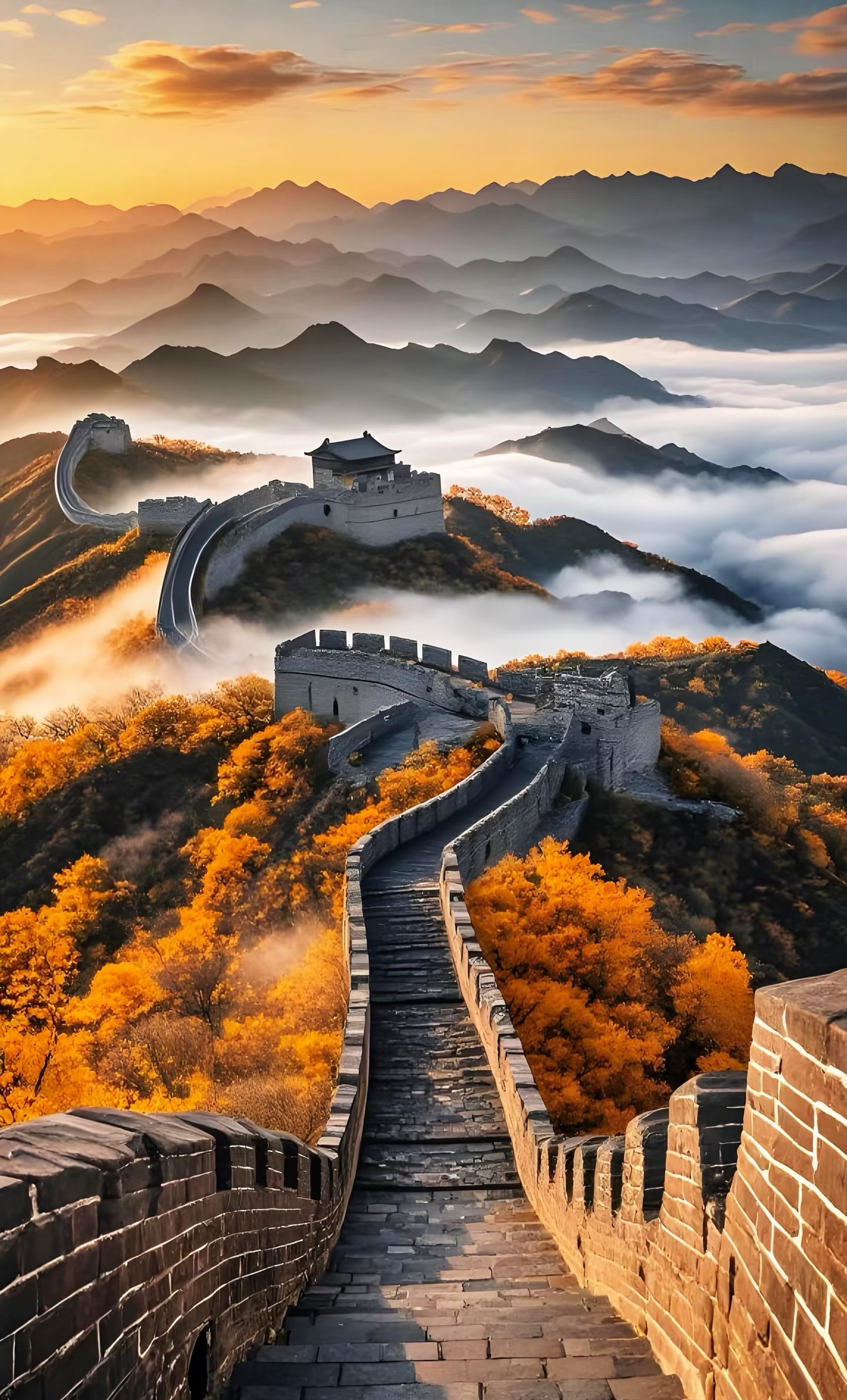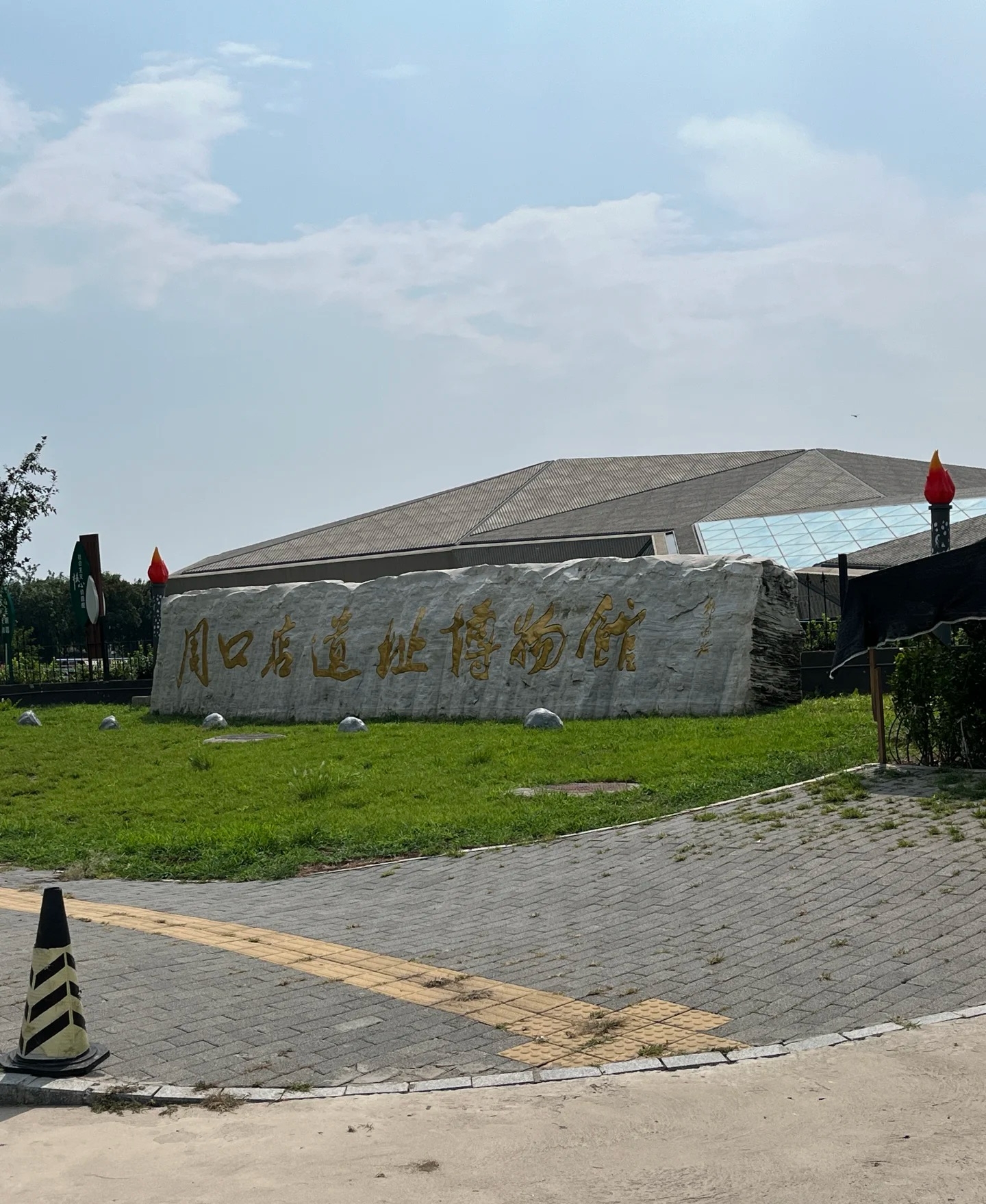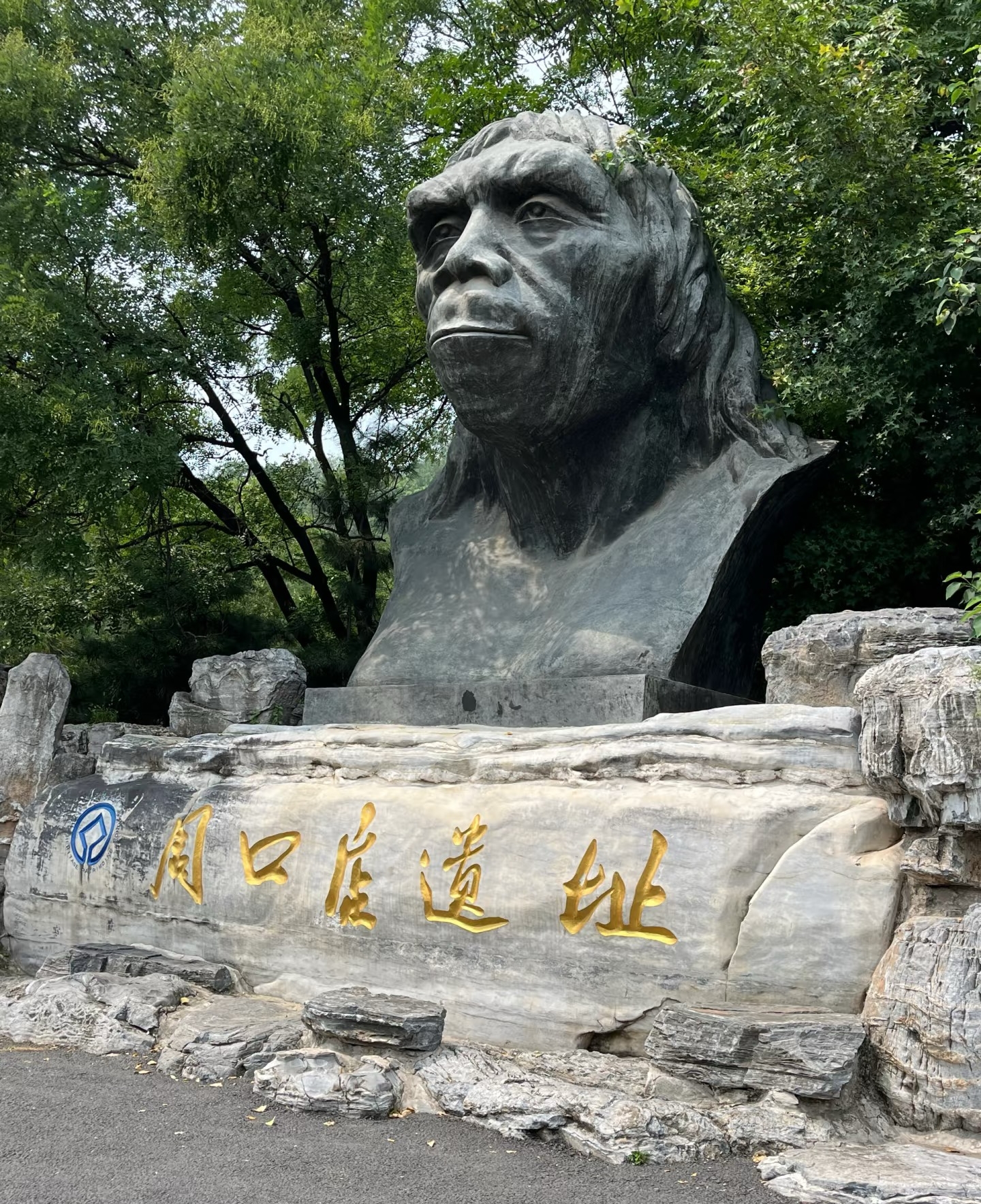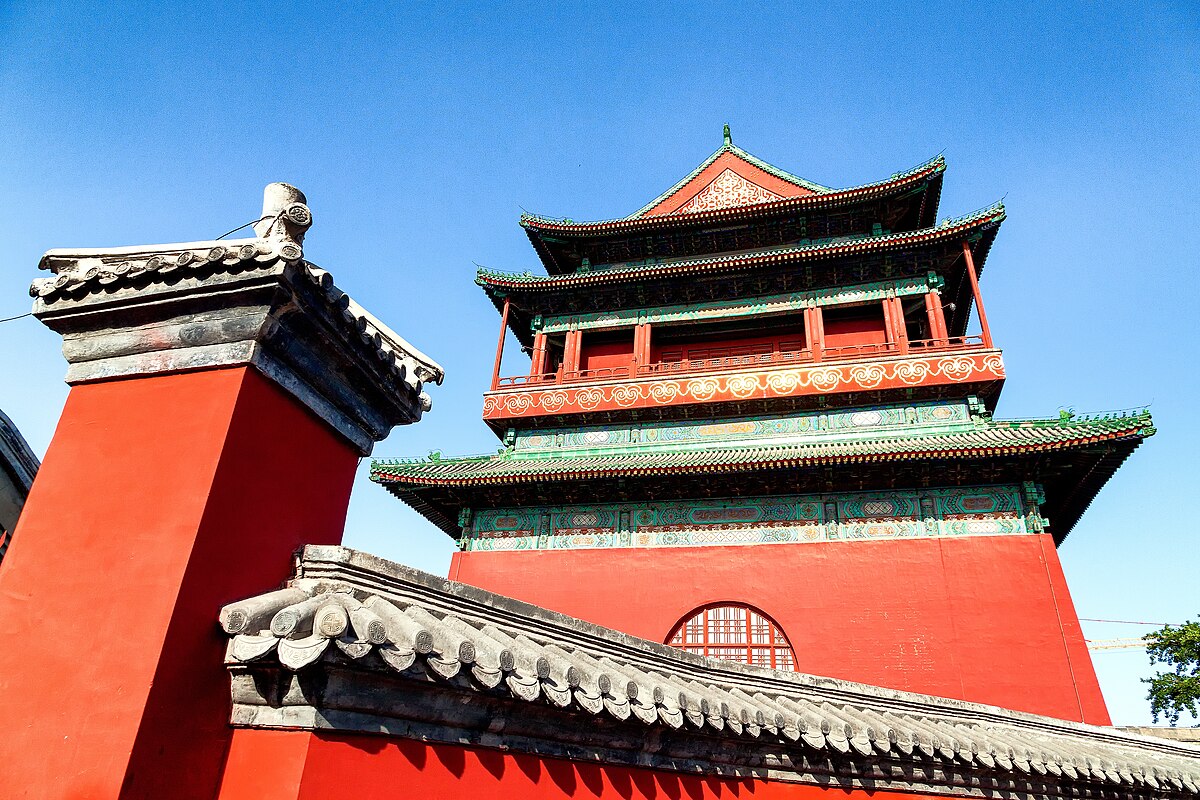

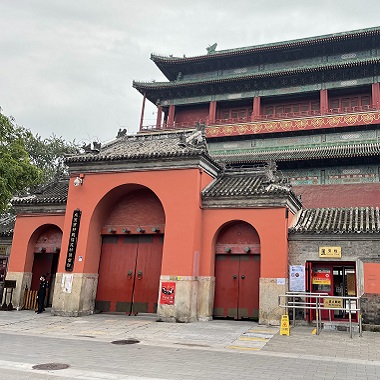
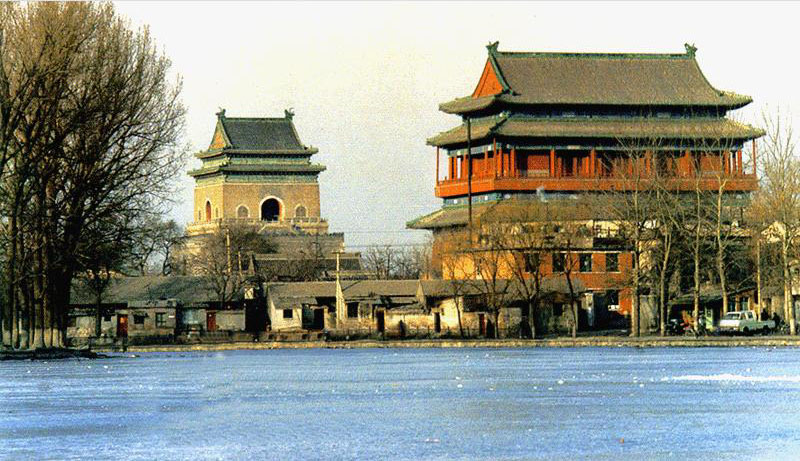
Bell and Drum Tower
The Bell and Drum Tower, located in the heart of Beijing's historic city center, is a remarkable architectural complex that once served as a timekeeping center during the Yuan, Ming, and Qing dynasties. Built in 1272, these towers were crucial in measuring and announcing time in ancient Beijing. The Bell Tower was used to announce the hour during the daytime, while the Drum Tower performed the same function at night. The structures are magnificent examples of traditional Chinese architectural style, with intricate wooden frameworks and steep, multi-tiered roofs. Today, they stand as important cultural relics, offering visitors a glimpse into the sophisticated urban management and technological achievements of ancient Chinese civilization. Visitors can climb the towers, observe traditional bell and drum performances, and enjoy panoramic views of the surrounding historic Beijing neighborhood.
Information
Ticket price
Time
Location
Di'anmen Outer St, Dongcheng District, Beijing, China
View maps
More about the trip
The Bell and Drum Towers: The Ancient Heartbeat of Beijing
Standing at the northern end of Beijing's central axis, the Bell and Drum Towers are iconic landmarks that once served as the official timekeepers for the city. For centuries, the booming of the drum at sunset and the ringing of the bell at sunrise signaled the opening and closing of the city gates and regulated the daily life of its citizens.
What to See and Do
The Drum Tower (Gulou): Climb the steep stairs of this 47-meter-high wooden tower for a commanding view of the surrounding hutongs (traditional alleyways). Inside, you'll find a collection of massive drums. Don't miss the drum performance, which takes place several times a day, offering a powerful auditory glimpse into the past.
The Bell Tower (Zhonglou): Located just behind the Drum Tower, the Bell Tower is a slightly taller, more slender structure made of brick and stone. It houses a gigantic bronze bell, weighing over 63 tons, which is one of the largest and oldest in China. The climb to the top is rewarded with panoramic views and a close-up look at this impressive artifact.
Explore the Hutongs: The area surrounding the towers is one of the best-preserved hutong neighborhoods in Beijing. Take a leisurely stroll or a rickshaw ride through the narrow alleyways to experience the traditional courtyard homes and the local way of life.
Discover Local Flavors: The nearby hutongs are filled with a variety of restaurants and snack shops. It's a great area to sample authentic Beijing cuisine, from Peking duck to traditional snacks like fried dough rings (jiaoquan) and fermented mung bean milk (douzhi).
Best Time to Visit
Spring and autumn offer the most pleasant weather for climbing the towers and exploring the hutongs. A visit in the late afternoon allows you to experience the area in daylight and then see the towers beautifully illuminated after dark.
How to Get There
Take Metro Line 8 to Shichahai Station (Exit A) and walk a short distance to the towers.
Travel Tips
Check performance times: The drum performances at the Drum Tower are a highlight, so check the schedule in advance to time your visit.
Combined ticket: A combined ticket is available for both towers, offering a slight discount.
Be prepared for stairs: Both towers have steep staircases, so be prepared for a bit of a climb.

